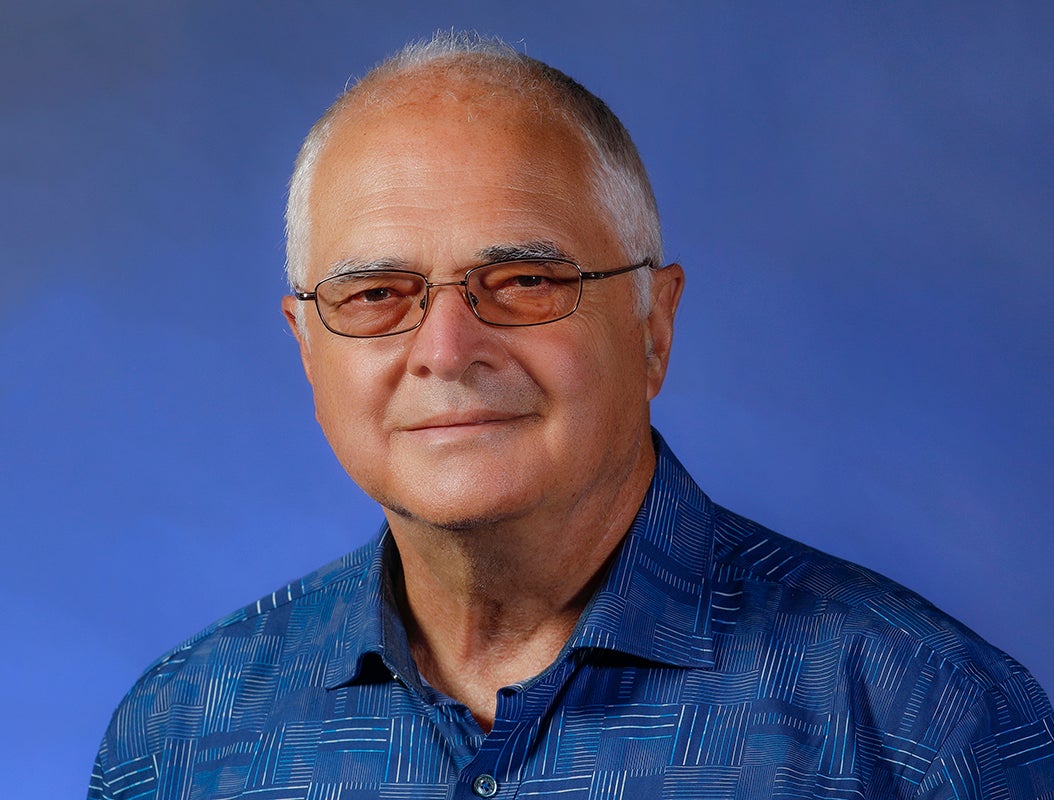New research finds blood spatter moves in unexpected ways

New research from Alexander Yarin, a UIC distinguished professor of mechanical and industrial engineering, and his colleagues show how blood spatter droplets can move in unexpected ways, especially in a short-range shooting.
The researchers looked at the secondary atomization of the blood drops, which occurs when the initial larger drops are distorted by air drag forces as they fly, and how this phenomenon affects a crime scene pattern.
The experts discovered that when a bullet is fired, the issued muzzle gases create a moving vortex ring between the shooter and the victim that can pull the blood splatter back toward the victim.
Their experiments show that a shooter standing close to a victim could avoid being drenched in blood as the primary impact forces the blood into a mist around the shooter while the vortex ring of muzzle gases deflects blood droplets aside or even turns them back toward the victim.
“Droplets are also deflected aside, and our predictions showed that some can even land behind the victim, even though initially they were moving from the victim toward the shooter,” said Yarin, who is the director of the Multiscale Mechanics and Nanotechnology Laboratory at UIC.
Yarin was intrigued by blood spatter and back spatter after watching a movie about American music producer Phil Spector and the murder of Lana Clarkson in 2003.
The researcher said their experiments explain how Spector could be the shooter while his clothes remained nearly clear of blood stains.
The research also has the potential to change how crime scenes are investigated in the same way DNA changed other police investigations.
The findings were published under the title “Effect of Secondary Atomization on Blood Backspatter Affected by Muzzle Gases” in the journal Physics of Fluids.